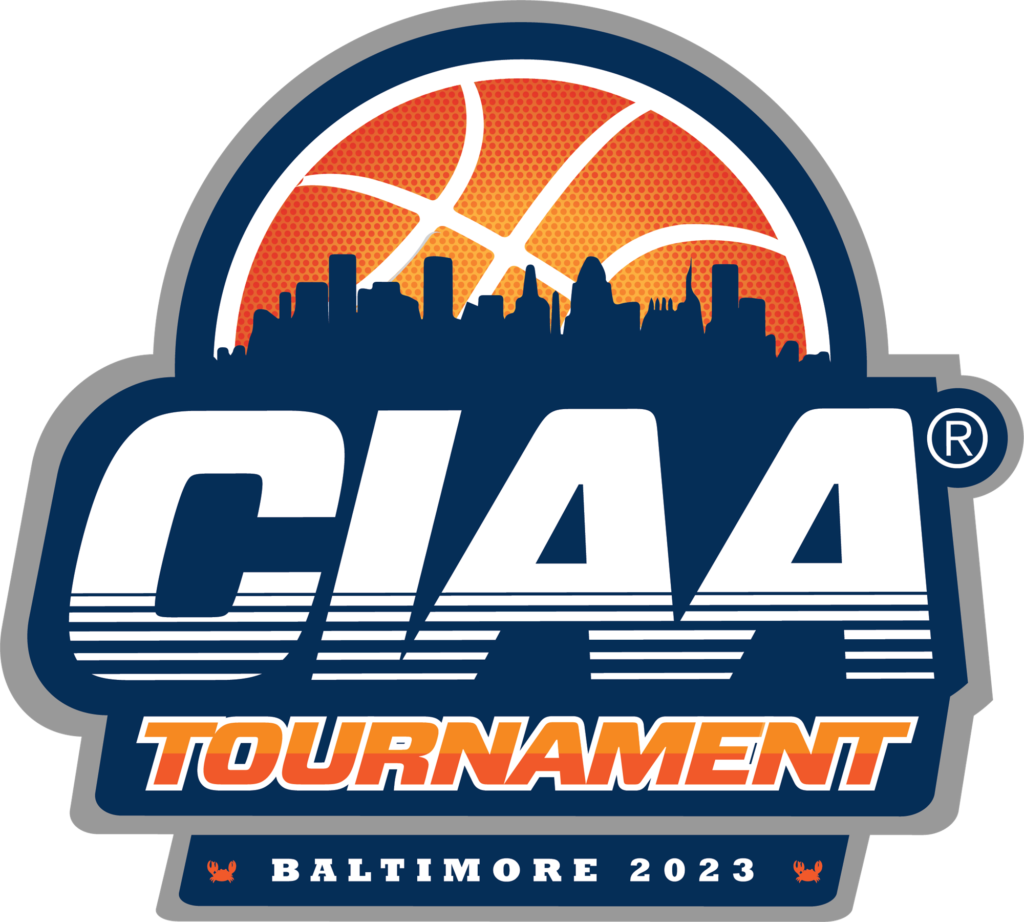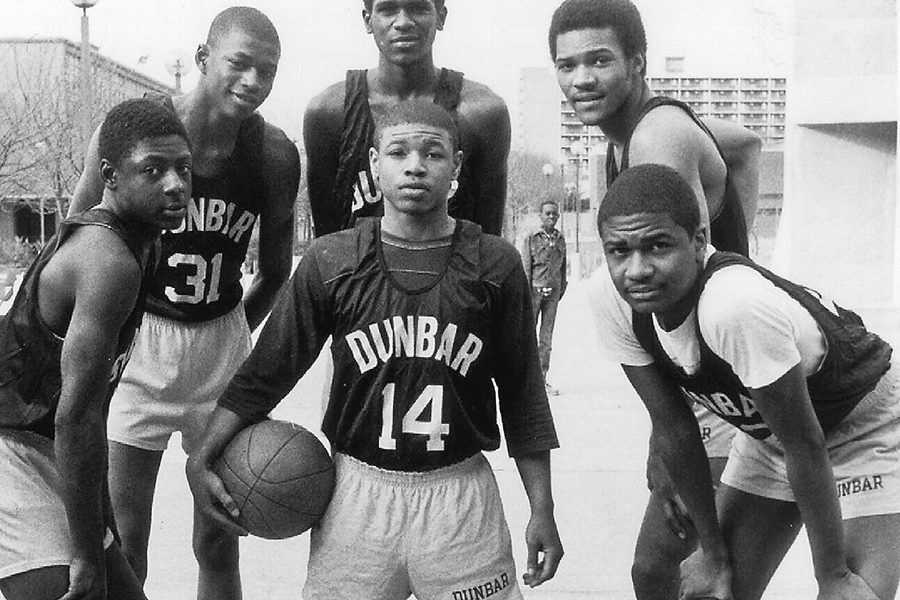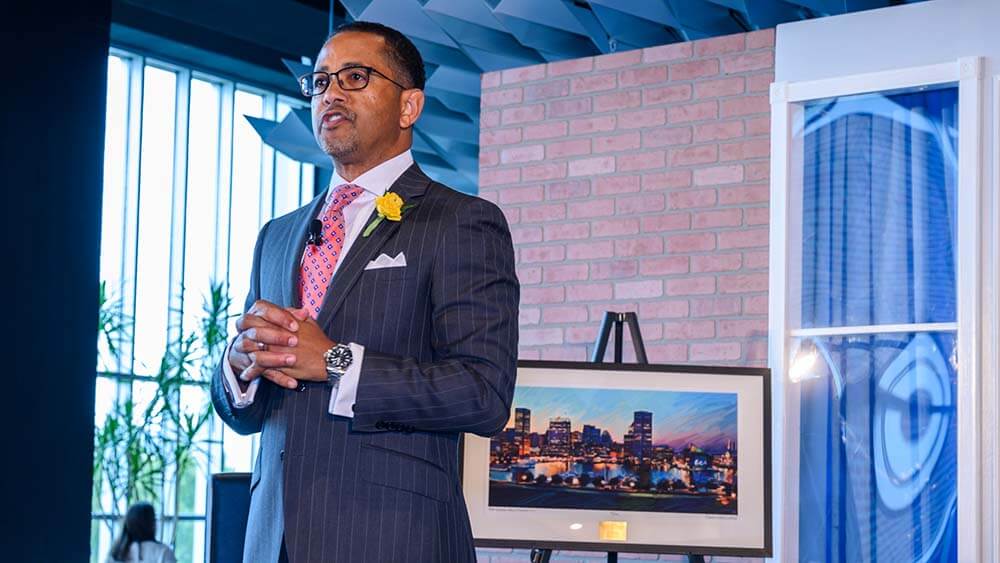
The CIAA Men’s/Women’s basketball tournament is one of the Crown Jewels of HBCU sports. The CIAA itself is steeped in rich basketball history that rivals any conference at the collegiate level. They have housed guys like Clarence Gaines and Earl Monroe who are both in the Naismith Memorial Basketball Hall of Fame. Also, John McLendon, who learned the game from James Naismith and was the orchestrator of the “Secret Game” is a CIAA alum. With the HBCU conversation reaching a fever pitch as of late, an event like the CIAA takes on even more significance as these universities are showcased to the world. The athletic prowess of HBCUs is not the only selling point as these institutions produce an overwhelming majority of Black doctors, lawyers, engineers, etc. in the country. With so much cultural and historical relevance surrounding this week of programming, there isn’t a better backdrop for CIAA than the city of Baltimore.
Baltimore is uniquely qualified to play host to an event like this. “Charm City” has been front and center for many groundbreaking moments for Civil Rights, athletics, the arts, and everything in between. Integration in this country was spearheaded by the happenings in Baltimore. Thurgood Marshall (Baltimore native) represented Donald Gaines Murray in his suit against the University of Maryland, which he won, paving the way for the landmark decision in Brown vs. the Board of Education. Students from Morgan State organized one of the biggest sit-ins in history in 1960. And Baltimore began desegregating some areas of the city much earlier than the rest of the country.
And since we’re about to be knee-deep in CIAA things, it would be negligent at best to not talk about Baltimore’s rich basketball history. The Dunbar Poets of the early 80s is arguably the greatest high school team ever. They went 59-0 in two seasons and eventually sent four players to the NBA. And since college basketball will be at the forefront this week, Coppin State has to be mentioned. Under Ron “Fang” Mitchell, the tiny commuter school on North Ave. rose from relative obscurity to a respected program nationwide with the pinnacle of their success being a historic upset over South Carolina in the 1997 NCAA tournament. This journey was recently explored through a documentary by Andscape, “On & Coppin”. The Eagles are also currently led by Juan Dixon, another Baltimore native, who won a national championship with the Maryland Terrapins in 2002.

(Center: Muggsy Bouges)
CIAA gives Baltimore the perfect opportunity to have the beauty of its culture on full display. And since it began hosting the tournament in 2021, people have been flocking to the city for the week and leaving with a cultural experience that can seldom be replicated anywhere in the country. Aside from the athletic focus, CIAA has a social component that highlights aspects of HBCU culture with step shows, a concert, a cheer exhibition, and a Miss and Mister CIAA pageant. There will also be a Career Expo that will provide current college students and recent graduates the opportunity to network with employers and position themselves for internships and full-time employment. The programming for the week is robust and meaningful. I had a chance to get some insight from Al Hutchinson, president and CEO of Visit Baltimore, about how the city has amplified CIAA and has also been able to build on that momentum and pour into the local community. His comments can be seen below:

Describe the cultural significance of an event like CIAA for those who might be unfamiliar.
Al Hutchinson: The Central Intercollegiate Athletic Association (CIAA) is the nation’s oldest historically Black
athletic conference and will be holding the 78th anniversary of its iconic Men’s and Women’s
basketball tournament in Baltimore from February 20-26, 2022. The Championship Basketball
Tournament has become a must-see event in the African American sports community
nationwide and it is uniquely one of the only sports divisions and tournaments to put male and
female teams on the same playing field — featuring all the competitions during the same week
and at the same facility.
This year, as the country collectively celebrates the 50th anniversary of Title XI, we are honored
to be joining the CIAA in also celebrating Commissioner McWilliam’s 10 th Anniversary as
Commissioner. Not only is she celebrating a historic milestone, but she is the first female to
serve as Commissioner for the CIAA and first appointed African American Commissioner
representing NCAA Division I, II and III, making this year an important and historic year for the
tournament and celebrating the contributions of female leaders in sports.
The tournament itself is an event that has become a celebration of family, culture and
accomplishments that uplift and strengthen the African American community. The CIAA is not
only sports-focused, but community-focused. Along with the games, the week-long event
includes a multitude of meaningful off-the-court educational programming for the community
and student-athletes including the Youth Sports and Cheer Clinic, the Tech Summit, the “Money
Moves” financial summit, and the Women’s Empowerment Breakfast. There’s truly something
for everyone, so we encourage folks to come out to the games and learn more about the
community events by visiting baltimore.org/CIAA.
How is Baltimore uniquely positioned to create rich experiences for people coming to town
for the week?
AH: As a city composed of more than 60% Black residents and one of the most significant places for
the Civil Rights Movement in America, Baltimore is the U.S. destination for travelers to learn
about the African American experience — past, present, and future. Baltimore was home to
several Black icons including Frederick Douglas, Billie Holiday, Thurgood Marshall, and Elijah
Cummings, and the place that brought us basketball greats like Carmelo Anthony, Keith Booth,
Michael Lloyd, Skip Wise, Sam Cassell, Muggsy Bogues and so many others.
Charm City also boasts a robust portfolio of cultural and historical sites that aim to educate
visitors about Black history and culture including the Frederick Douglass-Isaac Myers Maritime
Park Museum, the Reginald F. Lewis Museum , the Great Blacks in Wax Museum, the Maryland
Center for History and Culture, Lillie Carroll Jackson Civil Rights Museum, James E. Lewis
Museum of Art, and the Sankofa Children’s Museum all delve into aspects of Baltimore’s Black
citizens. According to the U.S. Senate Committee on Small Business and Entrepreneurship,
about 47% of Baltimore’s small businesses are Black-owned, making the Black-owned business
component critical to the tournament. This year, we are excited to bring back the Black-Owned
Restaurant Tour, the 3-Point Pop-Up Shop with local makers, and various local food trucks and
entertainment during tournament week near the arena.
In terms of what this tournament means for Baltimore, we are so excited to have the
opportunity to serve as the host city for the tournament because we truly feel like Baltimore is
aligned with what the CIAA is all about – celebrating Black excellence. Through this process, we
have engaged our local community through the local organizing committee and have hosted
several diversity, equity and inclusion events for the hospitality community to gear up for
tournament week. This event is highly anticipated by leaders in the sports, business,
government, and community sectors and it is truly wonderful seeing the benefits of meaningful
collaboration through the tournament.
What has the reception been like from a media/sponsorship standpoint?
AH: We have received a great reception from both a media and sponsorship standpoint, but I’ll
speak to the sponsorship and fundraising standpoint because it’s truly the reason why we are
all here. Last year, we worked with a number of our State, City, and corporate partners who
participated in our local organizing committee to make an $800,000 donation to the CIAA
General Scholarship Fund, which supports the 12 member universities and students attending
these historically Black institutions. For each year that the tournament is in Baltimore, we have
pledged to increase this donation year over year. This year, we are on track to donate $1.2
million to support students who attend HBCUs.
From a media standpoint, we had more than 170 media working during last year’s tournament,
approximately 100 of which originated from outside the City of Baltimore. This year, we are
excited to continue building on the momentum of the tournament from a media standpoint,
having media partnerships with WBAL-TV, Maryland Public Television, The Baltimore Times and
BMORENEWS.com, while also strategically building connections to build as much buzz
surrounding the tournament as possible.
What is the anticipated financial impact of having CIAA in the city this year?
AH: The 2022 tournament was a smashing success for both Baltimore economically and culturally,
welcoming over 66,000 attendees over 22 games. The tournament immediately became a huge
economic success for the city of Baltimore, with a direct spending impact of $13.9 million
generating a total economic impact of $19.6 million in the local economy. In its last host city, the
tournament had an economic impact of $15 million in its first year. By the end of its run in
Charlotte, the tournament grew to have an economic impact of nearly $50 million. Baltimore
was able to have this huge economic impact in its first year and following the pandemic –
because of this, we anticipate an even greater financial impact on the city of Baltimore.
Additionally, another good news story that came out of the 2022 Tournament was the impact
on our local businesses. Throughout the tournament planning process, the Baltimore Sports
Tourism Development Council engaged 110 minority-owned businesses to be a part of the
tournament which had a direct economic spend of $1,050,357 to those businesses. We also
saw an increase in hotel room nights booked compared to years prior when there were no
other events in the city at the time – the average daily rate (ADR) for that time period was the
highest it has been since 2007.
Short of hiring an NFL Hall of Famer, how do you think Baltimore’s HBCUs can get into the
growing conversation around The HBCU Renaissance?
AH: Our Baltimore HBCUs do not need to do anything specific to get into the growing conversation
about HBCU excellence because they are currently living it and contributing to it as we speak.
Maryland is home to four HBCUs – Morgan State University, Bowie State University, Coppin
University and the University of Maryland Eastern Shore. Each of these historic institutions have
a long-standing legacy of uplifting the Black community and promoting Black excellence but
have recently been in the news due to making waves in the education community due to a
round of well-deserved funding. Morgan State University is set to open the first medical school
on an HBCU Campus, while Bowie State University made history this year as the first historically
Black university to sponsor national PBS documentaries. Coppin State University was recently
awarded a government grant to expand Broadband internet access to underserved
Marylanders. Maryland’s HBCU community continues to make headlines for the great work
they are doing in and around our communities, so it’s safe to say that they are not only IN this
conversation, but they are LEADERS in this conversation.
